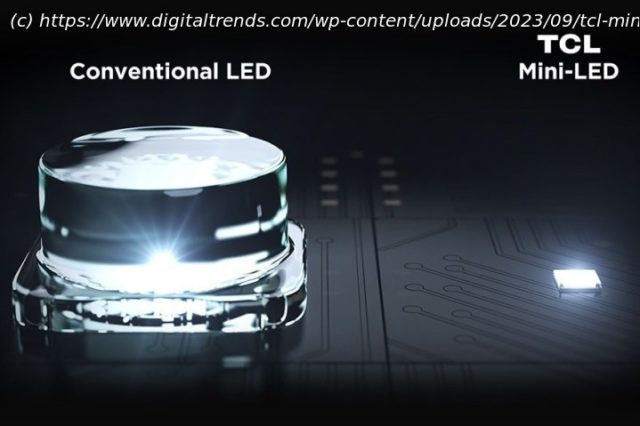Mini-LED lighting is one of the reasons that TVs using the tech are able to deliver such a detailed picture. Here’s everything you need to know about it.
In the world of TVs, the reigning champ technology has undoubtedly been OLED TVs, with their excellent picture quality and self-emitting pixels that deliver the best black levels and contrast in the business.
But over the last few years we’ve been seeing a bright new contender to OLED in the form of mini-LED, a premium backlight-based technology that builds on traditional LED-LCD tech by utilizing LEDs that are much smaller and can be used in much greater numbers. The result is an image with better, deeper blacks, and a much better control over brightness that is leveling the playing field with even the best OLED TVs — to the point that even Sony’s latest and greatest new TV, the Sony Bravia 9, is showcasing the panel tech.
There’s a lot to learn about the ins and outs of mini-LED lighting, and now that we’re seeing TV brands from Sony and Samsung to TCL and Hisense use the technology, there’s never been a better time to learn all about mini-LED.What is a mini-LED TV?
Mini-LED TVs are essentially the same as standard LED TVs, except that where LED TVs sometimes use up to a few hundred individual LEDs in their backlights, mini-LED TVs use thousands of much smaller LEDs in the same space.Do mini-LEDs use quantum dots?
Generally speaking, yes. To date, we have never seen a mini-LED TV that wasn’t a quantum-dot TV (QLED TV). However, this isn’t a hard and fast rule. There’s no reason why a non-quantum dot TV couldn’t use mini-LEDs in its backlight, but since mini-LEDs are still relatively new and are typically being used on mid-to-high-end models, quantum dots can be considered an expected feature of mini-LED TVs.Why the size (and quantity) of LEDs matters
For LED TVs, picture brightness is controlled by a backlight. The backlight is made up of individual LEDs. In lower-cost LED TVs, every LED in the backlight is controlled together — they all get brighter or dimmer simultaneously. The trouble is, most on-screen images are made up of bright and dark regions, so if you want a bright region to be really bright, and your backlight essentially behaves as a single LED, you need to use the LCD panel to block the light in the dark parts of the image. This yields blacks that are often no darker than grey.
However, more advanced LED TVs group their individual LEDs into zones, and each zone can then be dimmed independently.
Start
United States
USA — software What is mini-LED TV? How smaller, brighter LEDs can deliver better picture...






